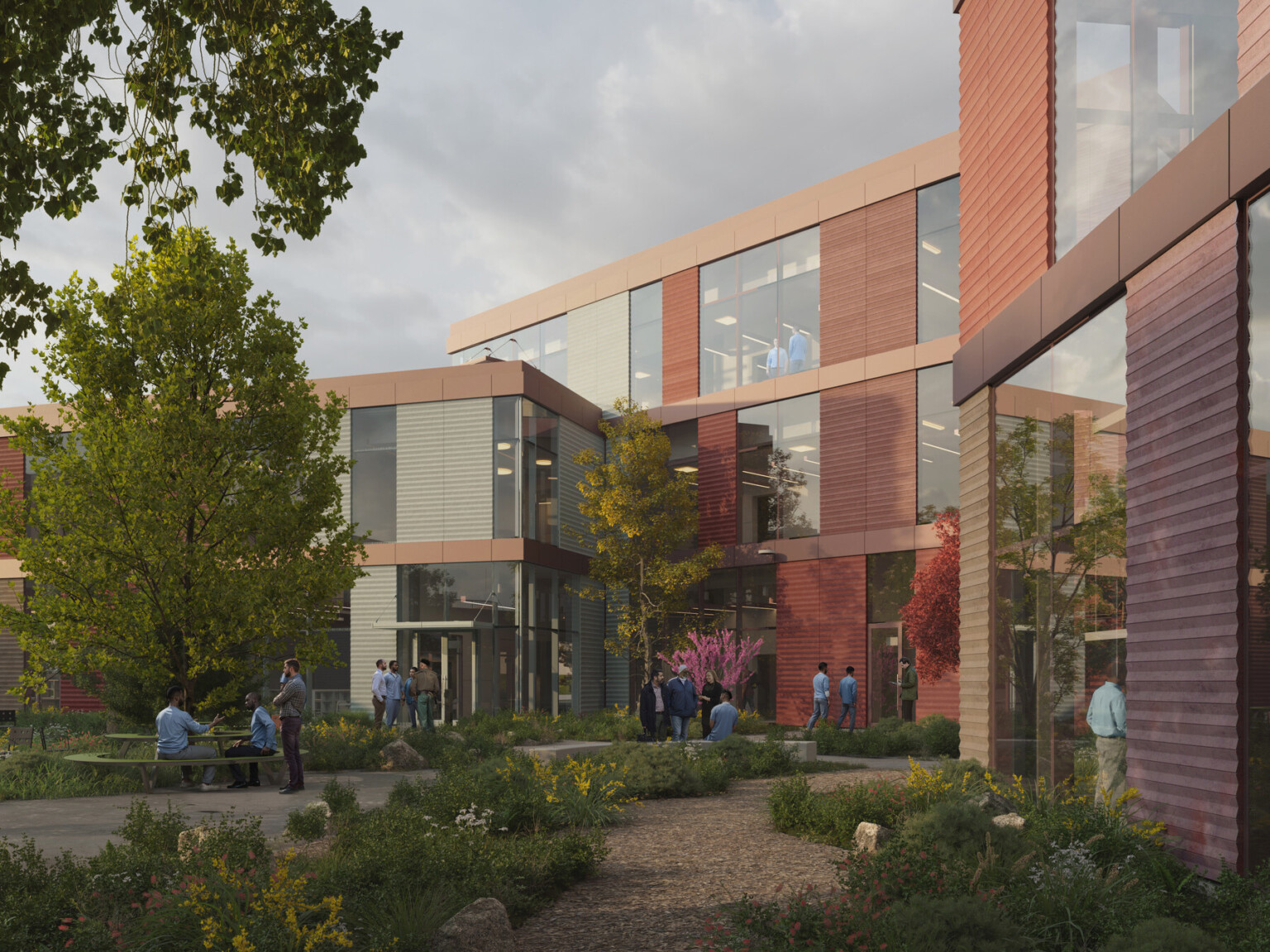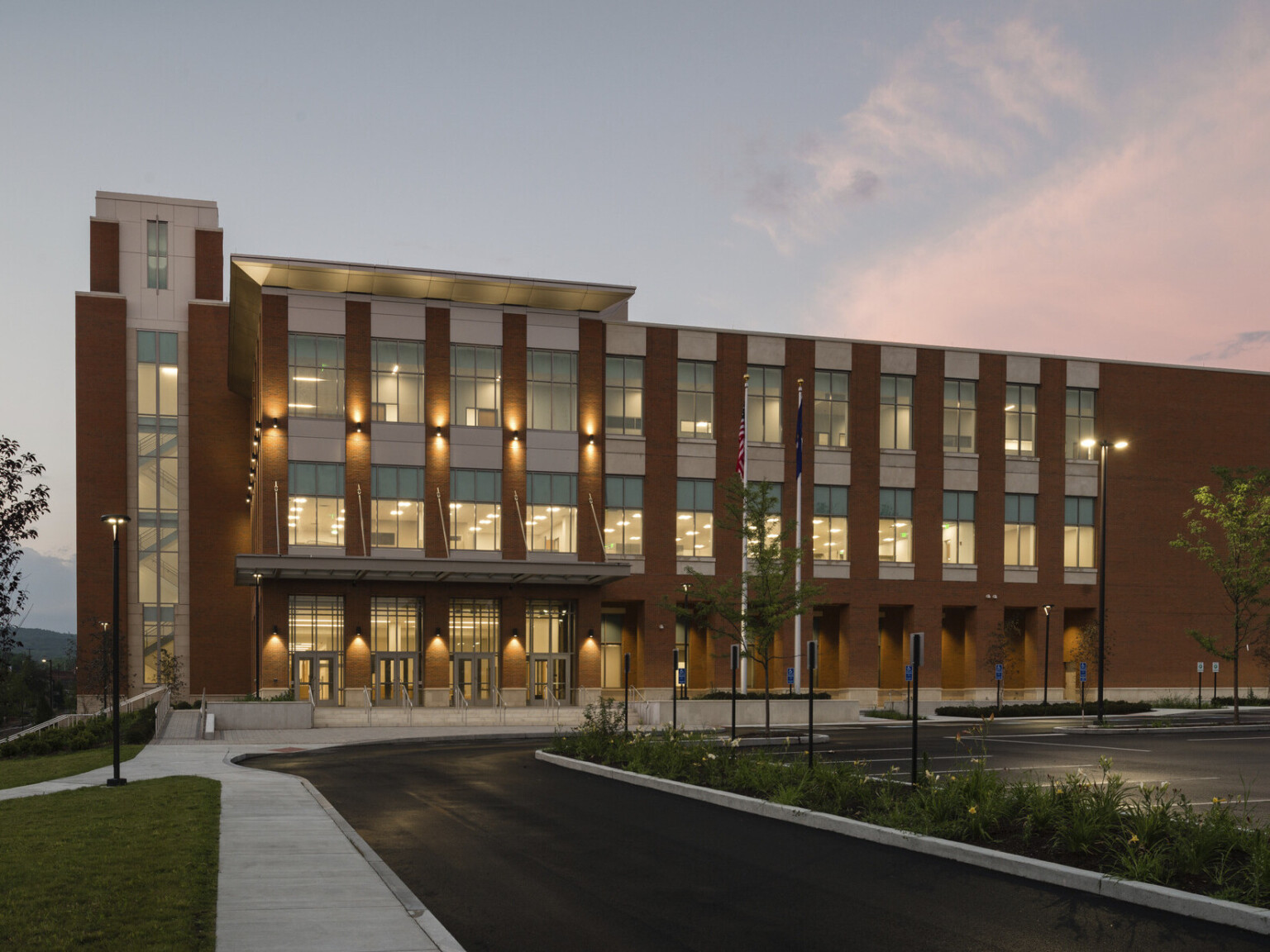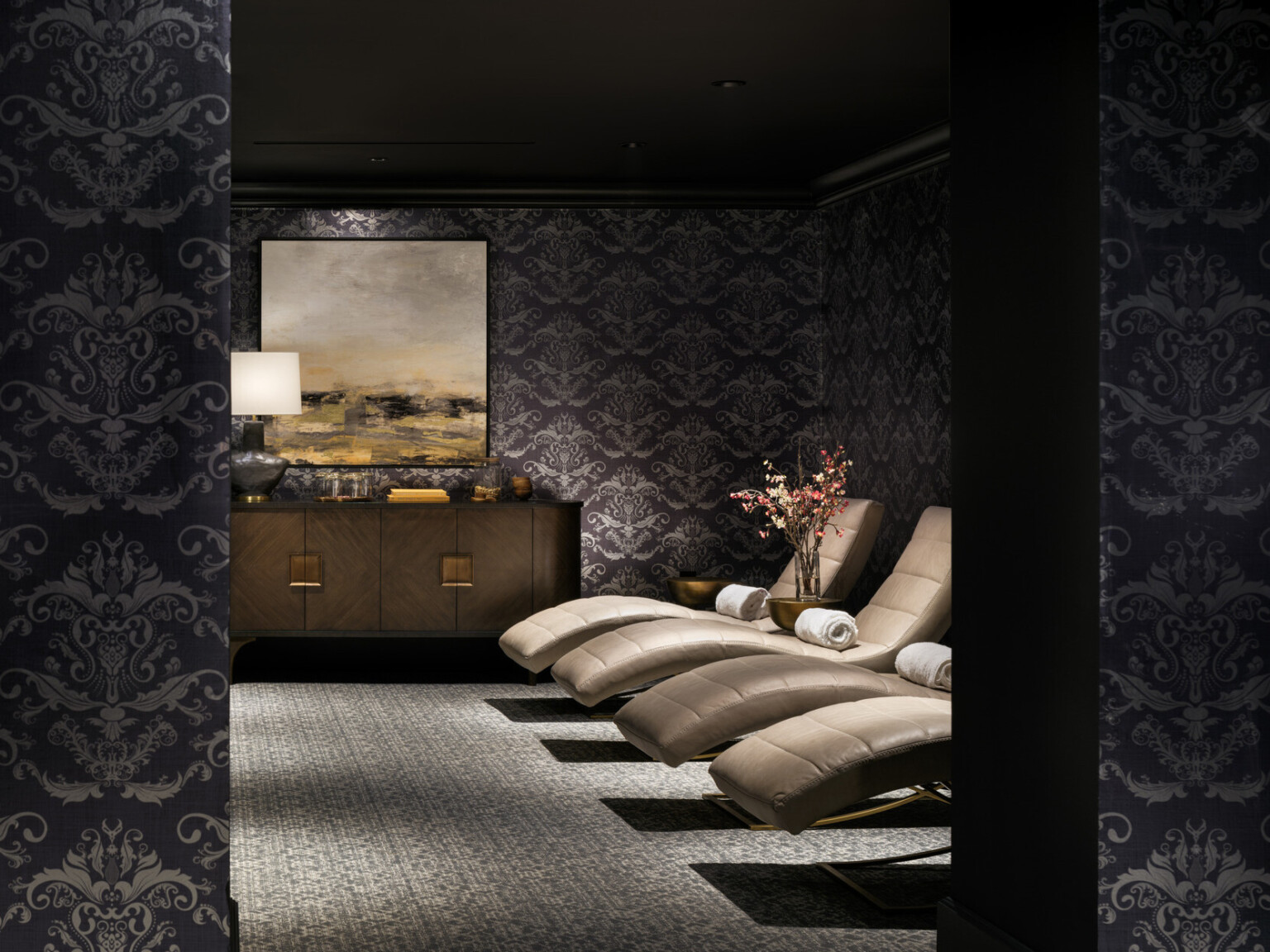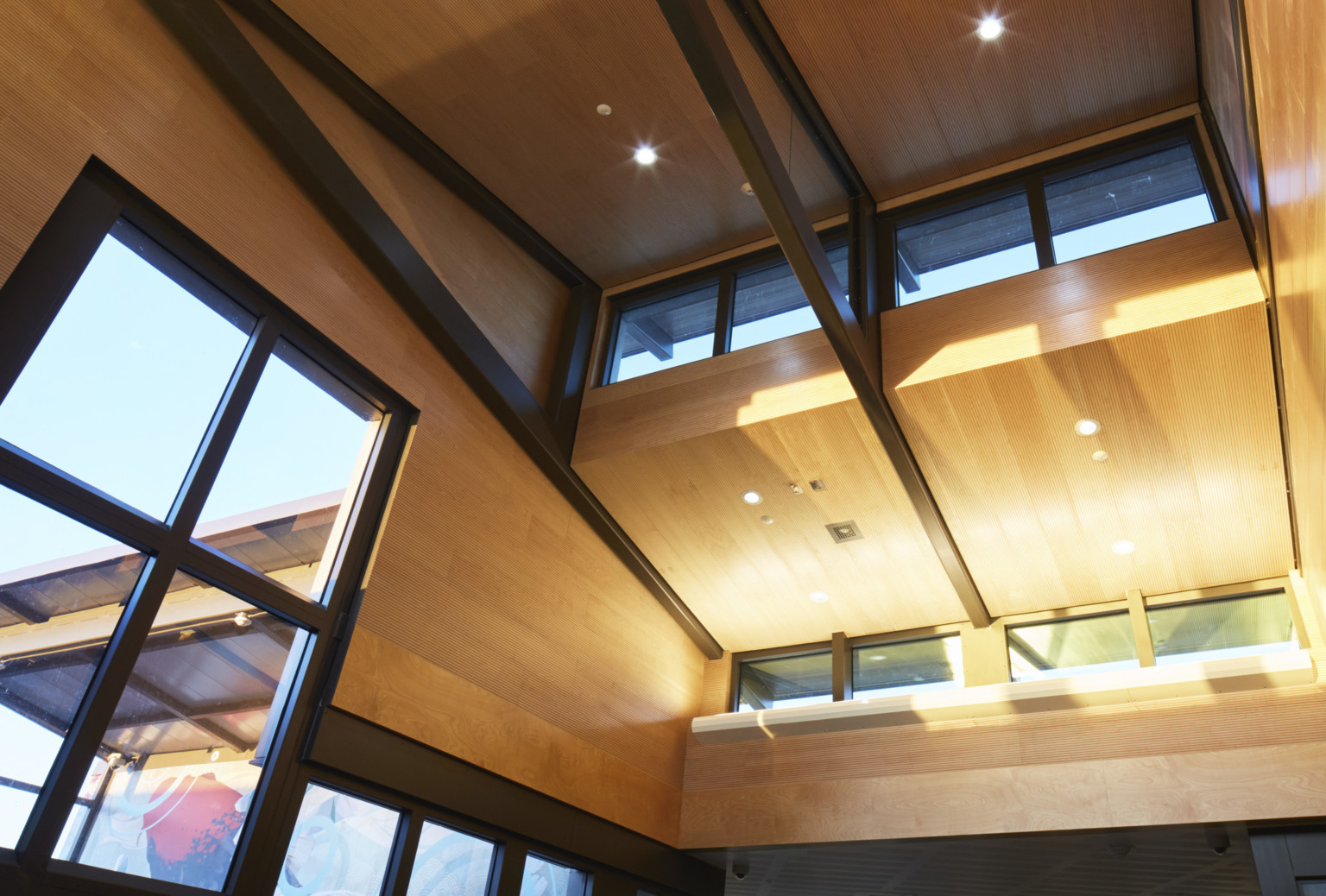
Designing with Empathy for Dignity
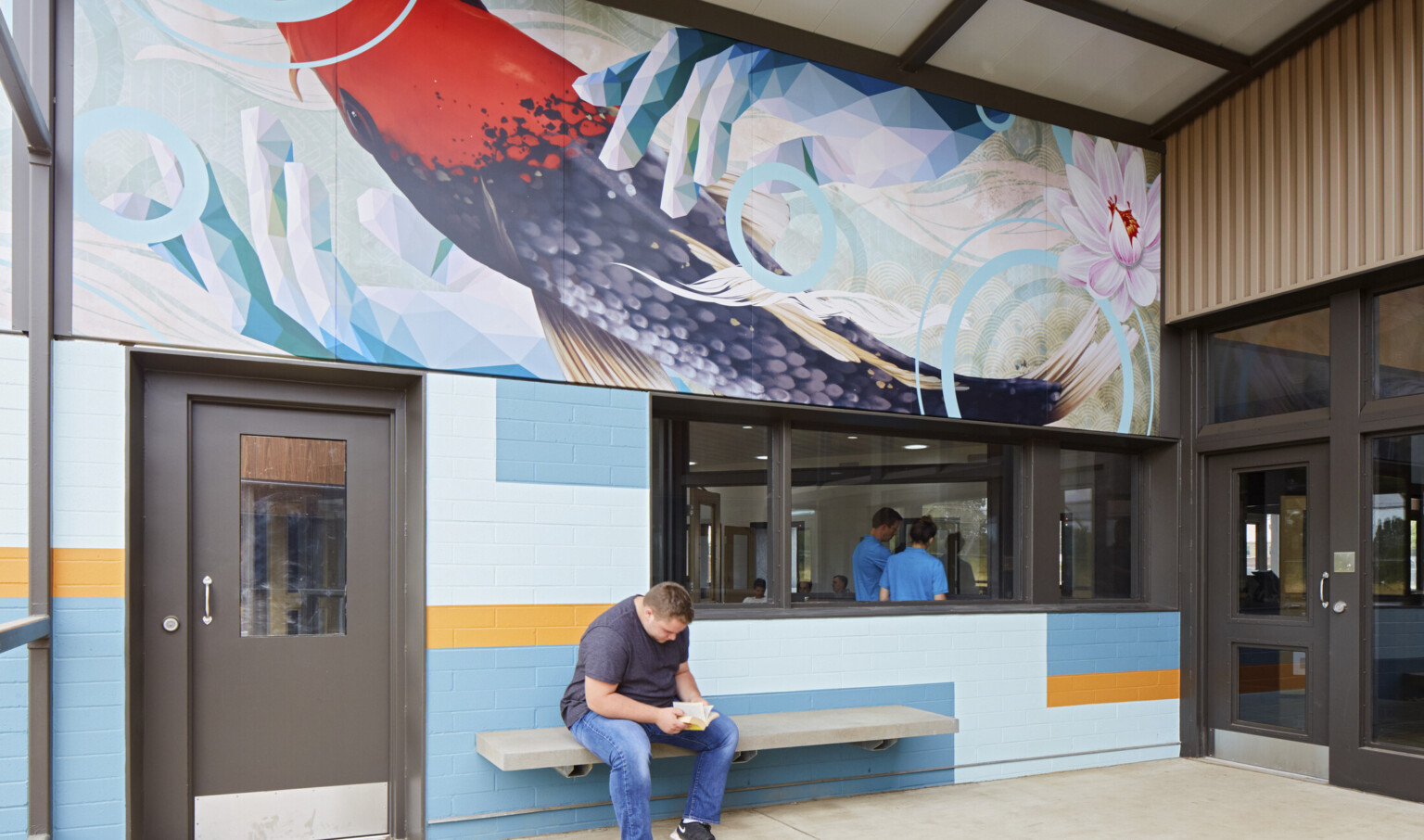
As designers, we evaluate how our design decisions can positively impact those for whom we design. While the healthcare field has amassed much more research on this topic as compared to the corrections field, findings are similar: An environment that – among other things – provides ample natural light, has good indoor air quality, and provides a connection to the outdoors has proven to benefit those within it. From a corrections standpoint, the benefits of design for dignity may be found in lower stress levels of the offenders and staff, which has the residual benefit of better behavior and an increase in the offenders’ ability to focus on rehabilitative programs offered. Though our end users may be different, we whole heartedly agree with our Global Healthcare Leader Phil LiBassi’s priority to put ourselves in the place of patients, caregivers, providers, and administrators to understand how the space will impact experience. Empathy is our greatest design tool.
Our obsession with the user experience is not unique to one particular building type, though the road to our end result differs. Over the past three decades, the “tough on crime” mindset and direction of policy resulted in longer sentences for people who committed crimes, and also for crimes that were sometimes the result of a mental health condition. More focus was put on the crime and the punishment that followed than uncovering the underlying cause of what the crime was, or may have been. This is one of many areas where we are seeing the value of closer relationships between mental health and corrections, and the benefits of our collaborative approach.
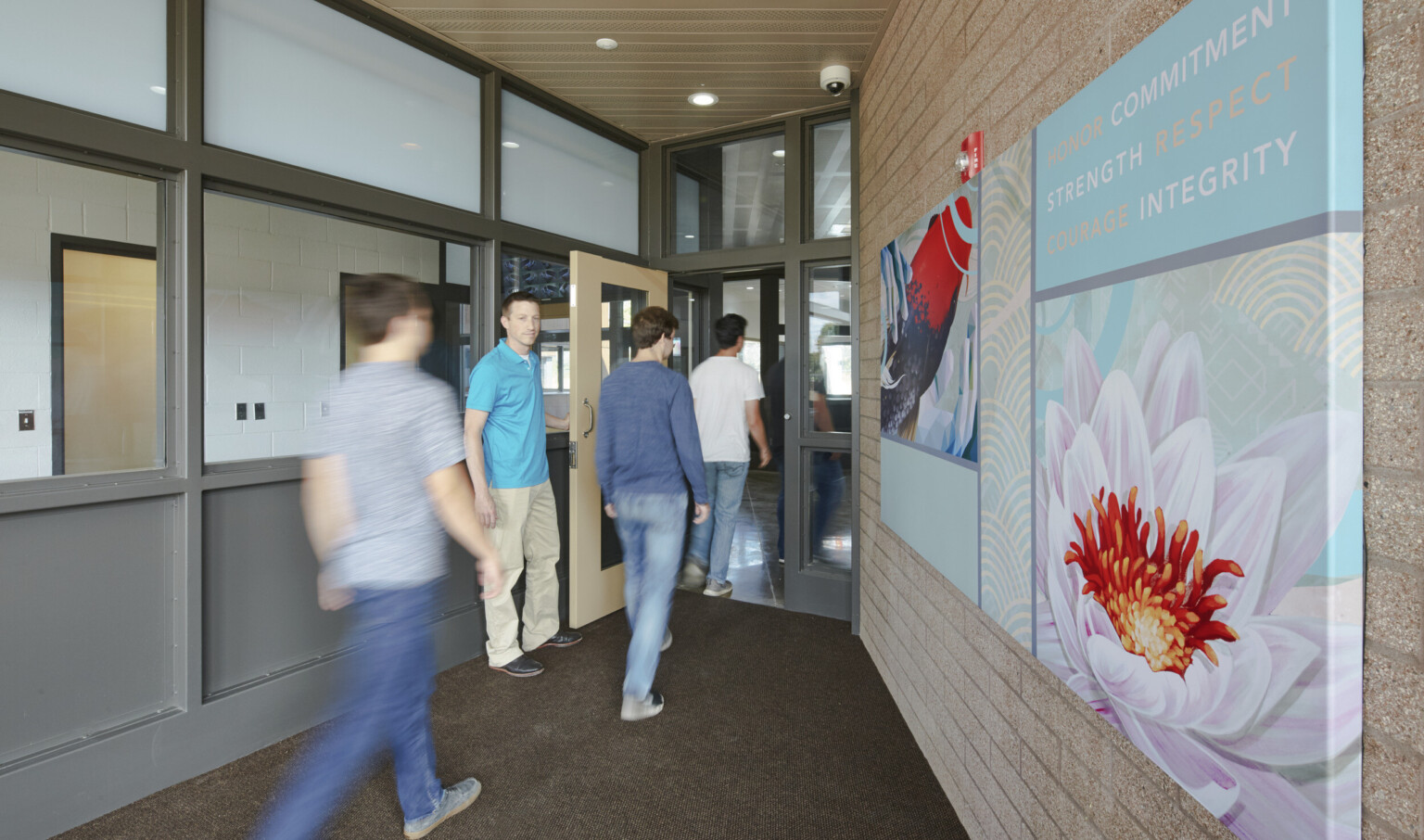
While our goal is rehabilitation, we must remember that these individuals did, in fact, commit crimes, and should be dealt with in a manner that protects the public and benefits society; but they should not be incarcerated solely for the sake of punishment. By increasing access to appropriate treatment for behavioral health conditions during incarceration, we believe we will see a reduction in individual re-offenses, and a chance for the formerly incarcerated to become societal assets rather than burdens. As justice designers, we believe that this distinction can be achieved by combining safe and secure building design with principles of care often found in healthcare facilities. In fact, both justice and healthcare facilities design presents unique challenges: they are hyper technical and deeply humanistic.
In healthcare, LiBassi cautions against designing to trends, reiterating that a focus on the patient is the best course of action for our clients and their patients. While discussing design fads and how they might affect our healthcare buildings can be a valuable part of the design process, experience tells us that, in the long-term, our clients glean greater value from designs that are timeless, considerate, and calming. Designing for dignity signals to the building occupant that everything is in place – from walls to equipment to staff – to facilitate rehabilitation.
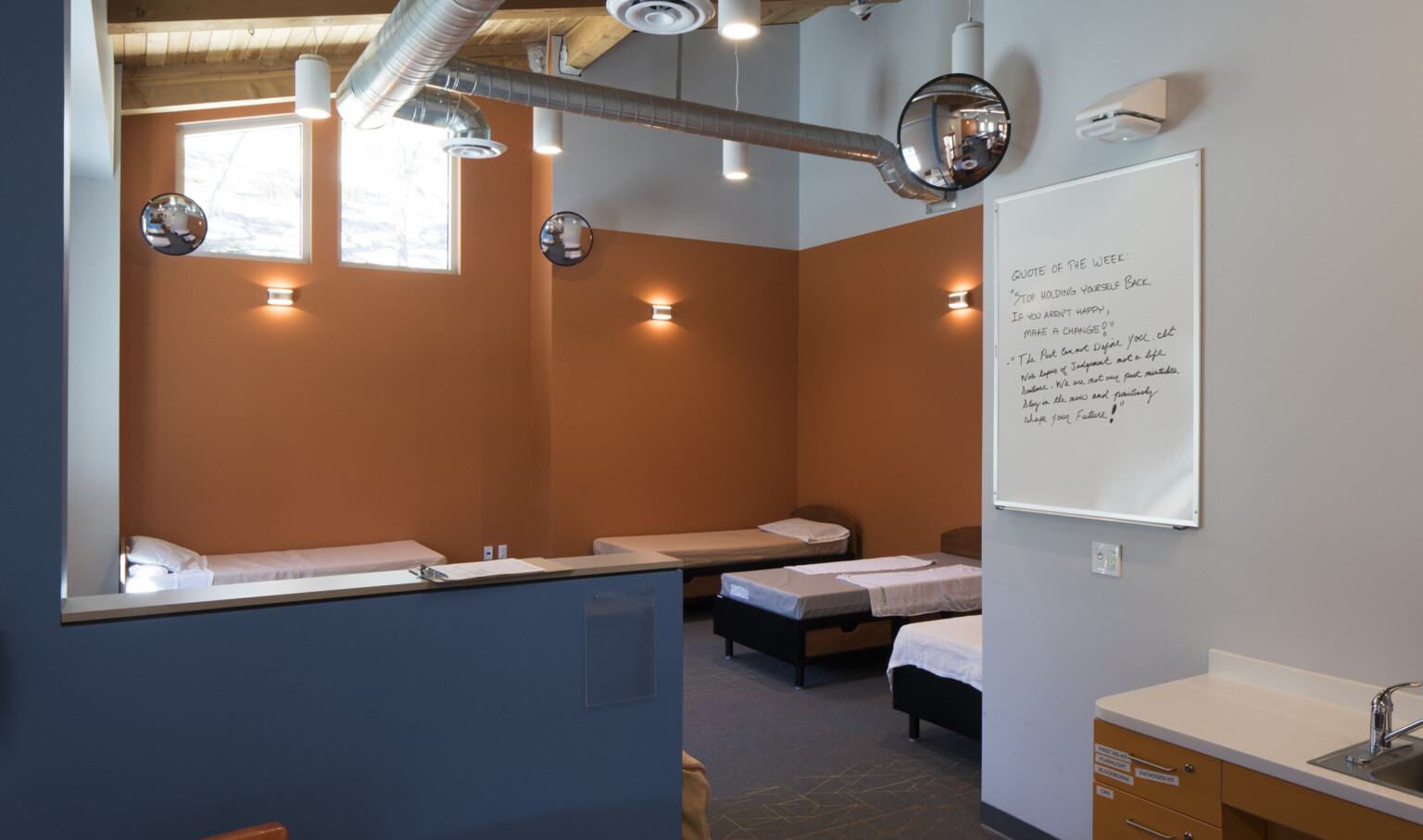
I believe empathetic design strategies are effective for both justice and healthcare facilities. Our architectural design for Campus Kilpatrick in Malibu, California supports a shift away from custody and control, to care and custody. Smaller living quarters, actual privacy in private facilities, and ample daylight all signal to youth offenders a shared responsibility for daily activities, self-care, and communal involvement. Programmatically, our design for the new Ohio Department of Rehabilitation and Corrections will provide ample opportunities for offenders to access rehabilitative programs and counseling. Environmentally, the design focuses on providing a more normative environment with a focus on daylight, good air quality, comfortable acoustics, and a non-institutional aesthetic. It will be interesting to see how this translates to behavior and mental state of mind after the facility has been in use in a few years.
We’ve recorded the positive impact of a design focus on daylight, and optimal air quality and acoustics, at the Cleveland Clinic’s Avon Bed Tower, an inpatient care and ambulatory surgical center. According to our post-occupancy survey, patients and providers alike have expressed enjoyment of the views and natural light afforded by the facility’s architecture, and improvements in “quiet at night” per Press Ganey research that evaluates the continuum of care. And since our design for Ohio’s new facility also focuses on care and rehabilitation, I have confidence in our optimistic predictions for improved inmate behavior and correctional staff retention.








